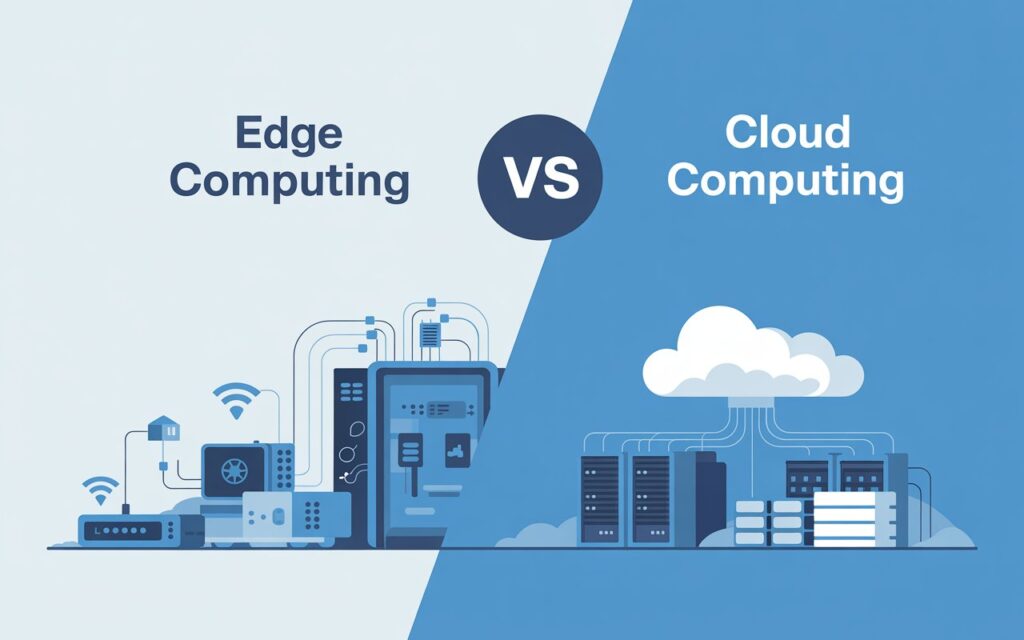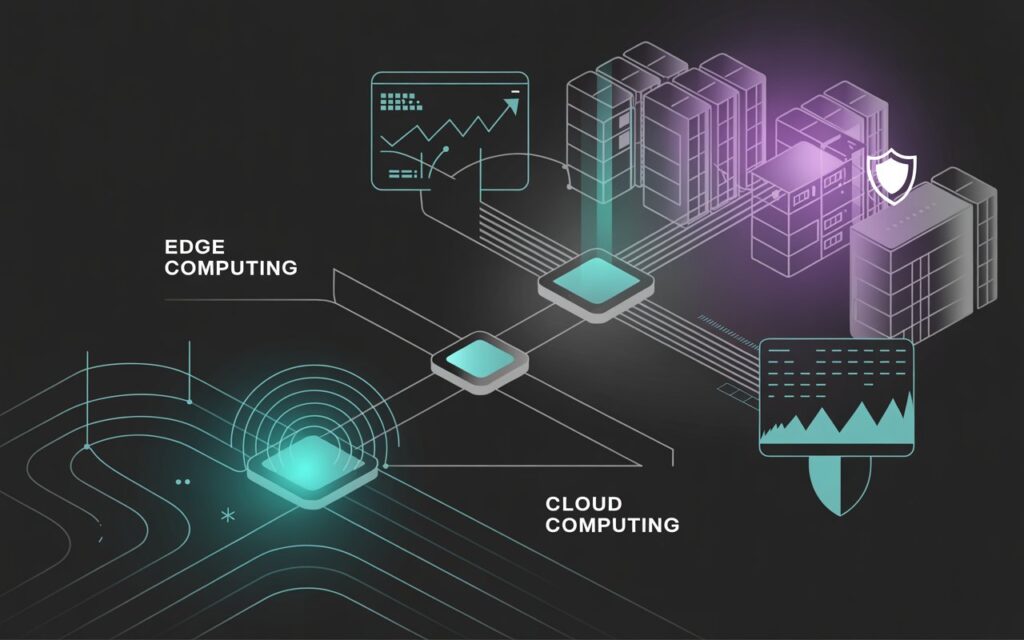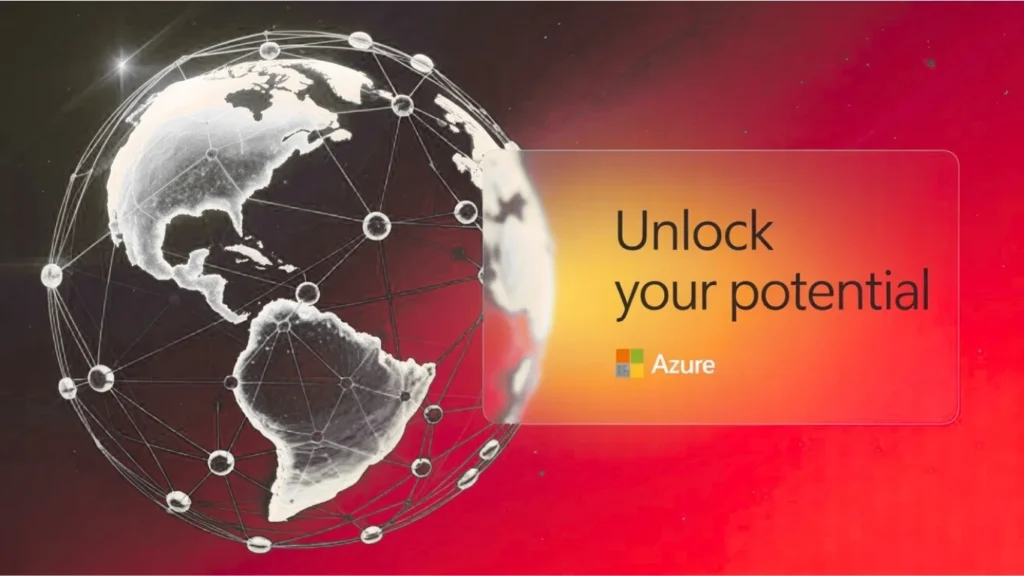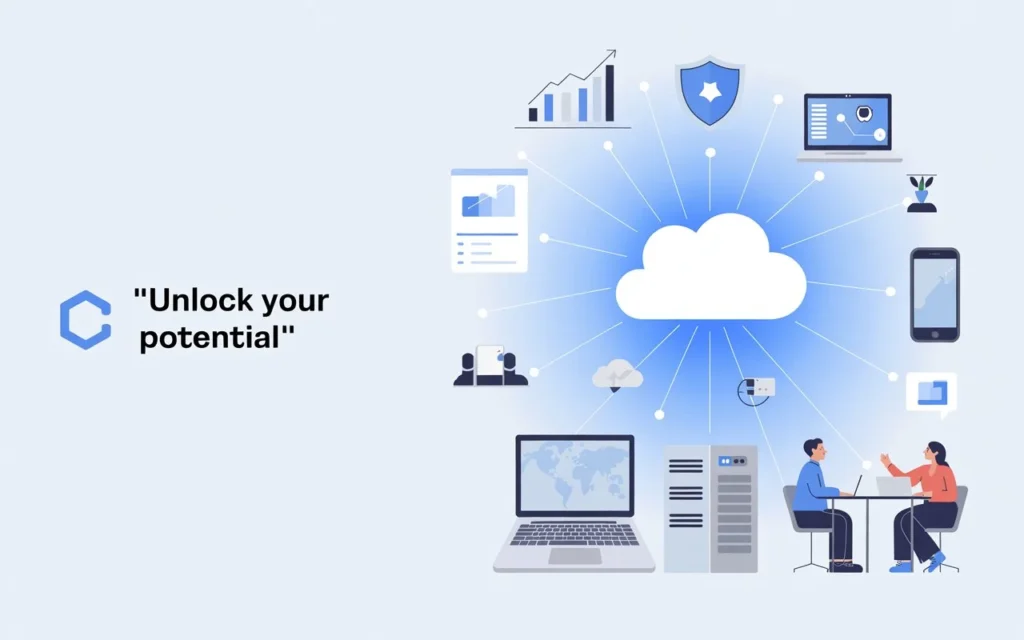Edge Computing VS Cloud Computing: What Businesses Need to Know
As digital transformation accelerates across industries, two technologies are shaping how organizations manage and process data that is edge computing and cloud computing. While both approaches support modern business operations, they function in very different ways and are suitable for different needs. Understanding the difference between edge computing and cloud computing is essential for companies in Dubai and across the UAE as they make strategic decisions about IT investments, performance, and security.
Understanding the Core Concept of Cloud Computing
Cloud computing refers to storing, managing, and processing data on remote servers that are accessible over the internet. Instead of relying solely on local infrastructure, businesses can tap into a wide network of servers managed by cloud providers. This model offers flexibility and cost efficiency, as companies pay for only the resources they use.Cloud computing is widely adopted for applications that require scalability, such as enterprise software, collaboration tools, e-commerce platforms, and data storage. For many organizations, it remains the backbone of digital operations due to its reliability and accessibility. Companies often support these operations through managed IT services in Dubai to maximize efficiency and cost control.

Key Differences Between Edge and Cloud Computing
While both models support digital business operations, their use cases differ significantly:
- Data Processing Location: Cloud computing processes data on centralized servers, while edge computing handles it closer to the source.
- Latency: Cloud can introduce delays due to long-distance transmission, whereas edge offers near-instant responses.
- Scalability: Cloud services scale more easily across global operations, while edge provides localized control for specific environments.
- Security Considerations: Cloud security relies on provider controls, while edge requires safeguarding multiple endpoints and networks.
Practical Examples of Edge vs Cloud Computing
To better understand the distinction, let’s consider some examples of edge computing vs cloud computing in practice:
- Cloud Example: A retail company uses cloud computing to store customer records, run e-commerce websites, and analyze sales trends across multiple regions.
- Edge Example: A self-driving car processes sensor data at the edge to make split-second driving decisions without relying on a remote cloud server.

Which Is Better for Your Business?
The debate over edge computing vs cloud computing: which is better does not have a one-size-fits-all answer. Cloud computing is better suitable for applications requiring large-scale data storage, collaboration, and centralized access. Edge computing, however, excels in scenarios demanding real-time insights and minimal latency. For many organizations in the UAE, a hybrid approach combining the global reach of cloud computing with the localized efficiency of edge delivers the best results. Strengthening this setup with advanced cyber security services in Dubai ensures that both models work securely in tandem.
The Role of Distributed Cloud in Bridging the Gap
An emerging model known as distributed cloud computing vs edge computing is gaining attention. Distributed cloud extends public cloud services closer to the edge, creating a balance between centralized management and localized data processing. For businesses, this means they can enjoy the scalability of the cloud while reaping the latency benefits of edge computing.Both edge and cloud computing are essential components of today’s digital ecosystem. For businesses in Dubai and across the UAE, the decision isn’t about choosing one over the other but identifying how each can support specific business goals. Cloud remains central for storage, collaboration, and enterprise applications, while edge brings value in real-time, data-intensive scenarios. Together, they enable businesses to operate more efficiently, securely, and competitively.
FAQs on Edge Computing vs Cloud Computing
- What is the main difference between edge computing and cloud computing?
Edge computing processes data closer to where it is generated, while cloud computing processes data in centralized, remote servers.
- Is edge computing faster than cloud computing?
Yes, edge computing typically offers faster response times due to reduced latency, making it suitable for real-time applications.
- Can edge computing replace cloud computing?
No. Edge and cloud serve different purposes and are often used together in hybrid models to balance speed, scalability, and cost.
- What are real-world examples of edge vs cloud computing?
Cloud computing is used for enterprise applications like CRM and data storage, while edge is used in scenarios like autonomous vehicles and IoT sensors.
- Which is better for businesses in Dubai: edge or cloud computing?
It depends on the use case. Businesses requiring scalability and collaboration benefit from cloud, while industries needing instant processing like healthcare and manufacturing gain from edge computing.


